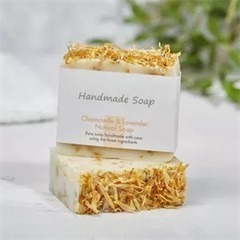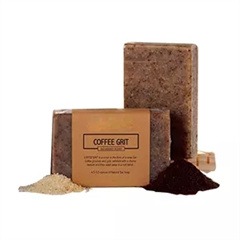1. Chemical Composition: Soap is typically made from fats or oils that undergo a chemical process called saponification. Saponification involves reacting fats or oils with an alkali (usually sodium hydroxide or potassium hydroxide) to produce soap molecules and glycerol. The soap molecules have a hydrophilic (water-attracting) “head” and a hydrophobic (water-repelling) “tail.”
2. Molecular Structure: The soap molecule has a unique structure that allows it to interact with both water and oils. The hydrophilic head of the soap molecule is attracted to water, while the hydrophobic tail is attracted to oils and grease.
3. How Soap Cleans: When soap is mixed with water, it forms micelles. Micelles are tiny clusters where the soap molecules arrange themselves with their hydrophilic heads facing outward and their hydrophobic tails facing inward. These micelles surround and encapsulate dirt, oil, and grease particles.
When you scrub surfaces or your skin with soapy water, the hydrophobic tails of the soap molecules attach to oils and dirt, while the hydrophilic heads remain in contact with water. This process breaks down the oils and dirt into smaller particles, allowing them to be washed away when rinsed with water.
4. Emulsification: Soap works as an emulsifying agent, which means it helps mix substances that would normally separate, such as oil and water. The hydrophobic tails of soap molecules surround and disperse oil droplets in water, creating a stable emulsion.
5. Hard Water and Soap Scum: Soap interacts differently with hard water (water containing high levels of calcium and magnesium ions). These ions can form insoluble compounds with soap, resulting in the formation of soap scum. Soap scum is the white residue that can build up on surfaces, particularly in areas with hard water.
6. Differences Between Soap and Detergent: While soap and detergents both have cleaning properties, detergents are synthetic compounds designed to overcome some of the limitations of soap, such as its tendency to form scum in hard water. Detergents are often more effective in various water conditions and can be tailored for specific cleaning tasks.
In summary, the science of soap revolves around its unique molecular structure and its ability to interact with water and oils. Soap’s capacity to form micelles and emulsify substances makes it an effective cleaning agent in a wide range of applications, from personal hygiene to household cleaning.





































